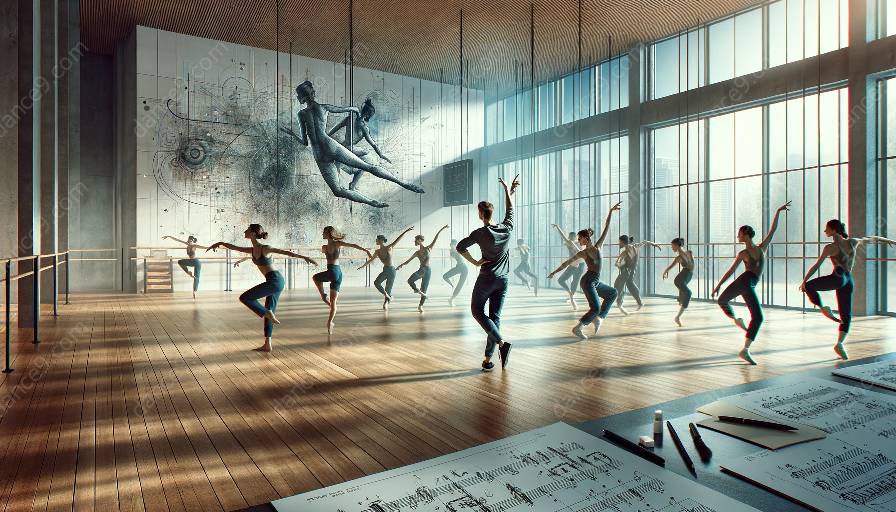When discussing the differences between classical and contemporary dance choreography, it's important to understand how choreography in contemporary dance has evolved and diverged from the principles of classical dance. Contemporary dance choreography emphasizes freedom of movement, individual expression, and unconventional techniques, in direct contrast to the structured and formal choreography of classical dance. This article will delve into the key distinctions in choreography style, technique, and artistic intent between the two genres.
Historical Context
Classical dance choreography, rooted in traditions and established techniques, often adheres to specific styles such as ballet and forms a structured vocabulary of movements. On the other hand, contemporary dance choreography emerged as a rejection of traditional dance norms and is characterized by its openness to experimentation, innovation, and fusion of various dance styles.
Structure and Technique
In classical dance, choreography tends to be more formalized, with an emphasis on precise movements, symmetry, and adherence to codified techniques. In contrast, contemporary dance choreography prioritizes organic and fluid movements, incorporating a wide range of techniques including floor work, improvisation, and partnering. Contemporary choreographers often encourage dancers to explore their personal movement vocabulary and engage in collaborative choreographic processes.
Artistic Intent
Another key difference lies in the artistic intent behind the choreography. Classical dance choreography often aims to convey traditional narratives, themes, and characters through highly structured movements. In contemporary dance, choreography serves as a means of personal expression and exploration of abstract concepts, emotions, and social issues. Contemporary choreographers frequently challenge traditional notions of dance aesthetics and question the conventional role of dancers on stage.
Innovation and Collaboration
Contemporary dance choreography thrives on innovation and collaboration with other art forms such as music, visual arts, and technology. Choreographers often seek to push boundaries and experiment with unconventional choreographic structures and interdisciplinary collaborations, whereas classical dance tends to preserve and adhere to established choreographic conventions.
Conclusion
Understanding the key differences between classical and contemporary dance choreography provides valuable insights into the evolution of dance as an art form. While classical dance maintains its rich historical heritage and technical rigor, contemporary dance continues to expand the boundaries of movement, creativity, and expression, offering a platform for diverse, dynamic, and groundbreaking choreographic experiences.




























